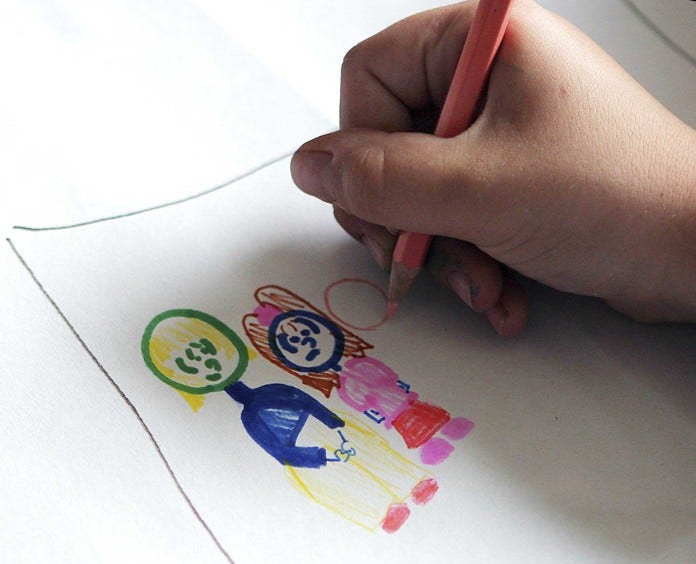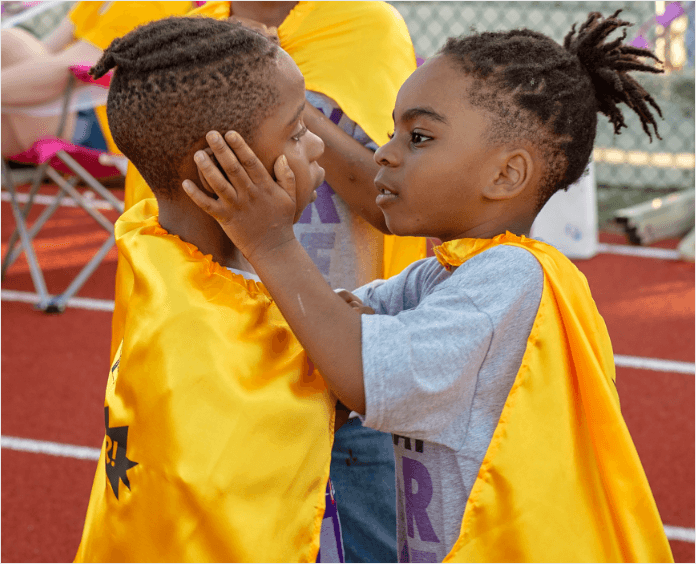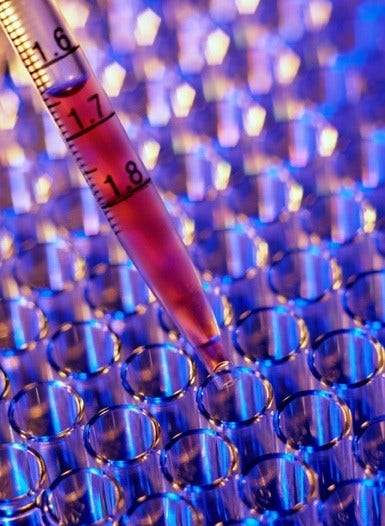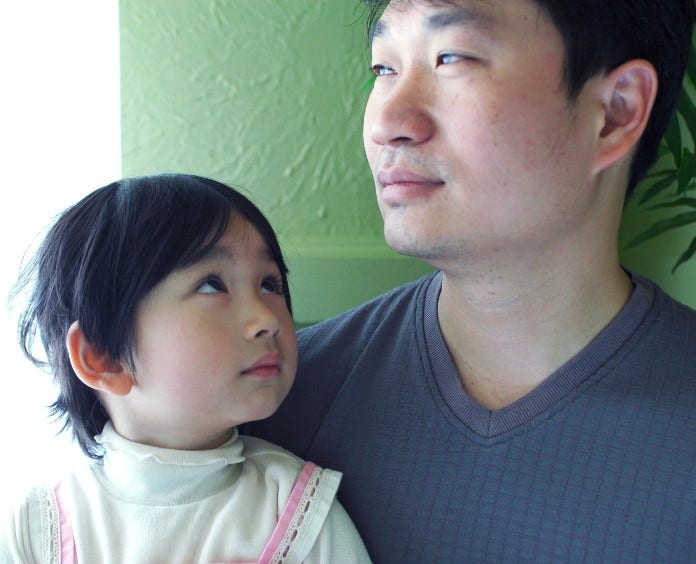Neuroblastoma
Neuroblastoma is a rare cancer of the early nerve cells, called neuroblasts, that make up the nerves in our bodies. It is the most common cancer in infants and most often occurs in children under the age of 5.
If your child or someone you are close to has been diagnosed with neuroblastoma, knowing what to expect may be helpful. Here you can find out more about neuroblastoma, including risk factors, symptoms, and how tumors are found and treated.
About neuroblastoma
Neuroblastomas are masses of early nerve cells (called neuroblasts) that have grown out of control. This type of cancer occurs most often in infants and young children. The types of cancer that develop in children are often different from the types that develop in adults. To learn more, see Childhood Cancer.
Neuroblastomas are cancers that start in early nerve cells of the sympathetic nervous system, so they can be found anywhere along this system. Most neuroblastomas begin in the abdomen (belly), either in an adrenal gland or in sympathetic nerve ganglia. Most of the rest start in sympathetic ganglia near the spine in the chest or neck, or in the pelvis.
Some neuroblastomas grow and spread quickly, while others grow slowly. Sometimes, in very young children, the tumor goes away on its own. In other cases, the cells sometimes mature into normal cells and stop dividing, which makes the tumor a benign ganglioneuroma (see below).
Understanding the sympathetic nervous system
The sympathetic nerves control key body functions like our heart rate, breathing, blood pressure, digestion, and other functions. It includes:
- Nerve fibers that run along both sides of the spinal cord.
- Clusters of nerve cells called ganglia (plural of ganglion) at certain points along the path of the nerve fibers.
- Nerve-like cells found in the center of the adrenal glands—small glands that sit on top of each kidney. These glands make hormones that help control heart rate, blood pressure, blood sugar, and how the body reacts to stress.
Other autonomic nervous system tumors in children
Not all childhood autonomic nervous system tumors are malignant (cancerous). Some tumors are benign (non-cancerous), and some can have both benign and cancer cells within the same tumor.
- Ganglioneuroma is a benign (non-cancerous) tumor made up of mature ganglion and nerve sheath cells.
- Ganglioneuroblastoma is a tumor that has both malignant and benign parts. It contains neuroblasts (immature nerve cells) that can grow and spread abnormally, similar to neuroblastoma, as well as areas of more mature tissue that are similar to ganglioneuroma.
If a child is thought to have one of these tumors, it is usually removed by surgery and looked at carefully with a microscope to see if it has areas of cancer cells (which would make it a ganglioneuroblastoma). If the final diagnosis is ganglioneuroma, no other treatment may be needed. If it is found to be ganglioneuroblastoma, it may be treated more like neuroblastoma depending on factors like the extent of the disease and how aggressive the tumor looks under the microscope.
- Written by
- References

Developed by the American Cancer Society medical and editorial content team with medical review and contribution by the American Society of Clinical Oncology (ASCO).
Jarzembowski JA, Webster F, Beiske K, et al. Data set for reporting of peripheral neuroblastic tumours: recommendations from the international collaboration on cancer reporting (ICCR). Histopathology. Published online February 24, 2025.
National Cancer Institute. Neuroblastoma Treatment (PDQ). 2025. Accessed at https://www.cancer.gov/types/neuroblastoma/hp/neuroblastoma-treatment-pdq March 25, 2025.
Park JR, Hogarty MD, Bagatell R, et al. Chapter 23: Neuroblastoma. In: Blaney SM, Adamson PC, Helman LJ, eds. Pizzo and Poplack’s Principles and Practice of Pediatric Oncology. 8th ed. Philadelphia Pa: Lippincott Williams & Wilkins; 2021.
Shohet JM, Nuchtern JG, Foster JH. Clinical presentation, diagnosis, and staging evaluation of neuroblastoma. UpToDate. 2024. Accessed at https://www.uptodate.com/contents/clinical-presentation-diagnosis-and-staging-evaluation-of-neuroblastoma on March 24, 2025.
Shohet JM, Nuchtern JG. Epidemiology, pathogenesis, and pathology of neuroblastoma. UpToDate. 2024. Accessed at https://www.uptodate.com/contents/epidemiology-pathogenesis-and-pathology-of-neuroblastoma on March 24, 2025.
Last Revised: June 26, 2025
American Cancer Society medical information is copyrighted material. For reprint requests, please see our Content Usage Policy.
This information is possible thanks to people like you.
We depend on donations to keep our cancer information available for the people who need it most.










